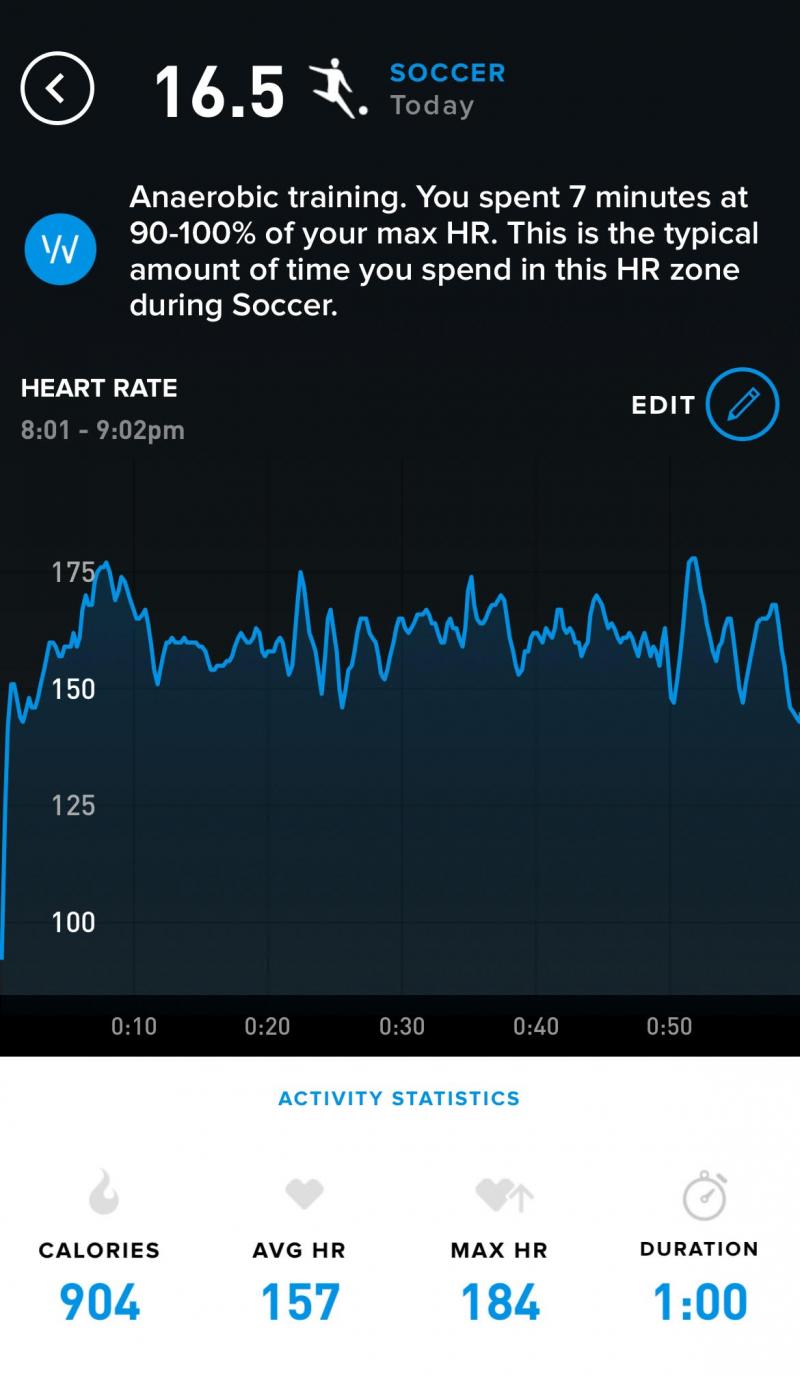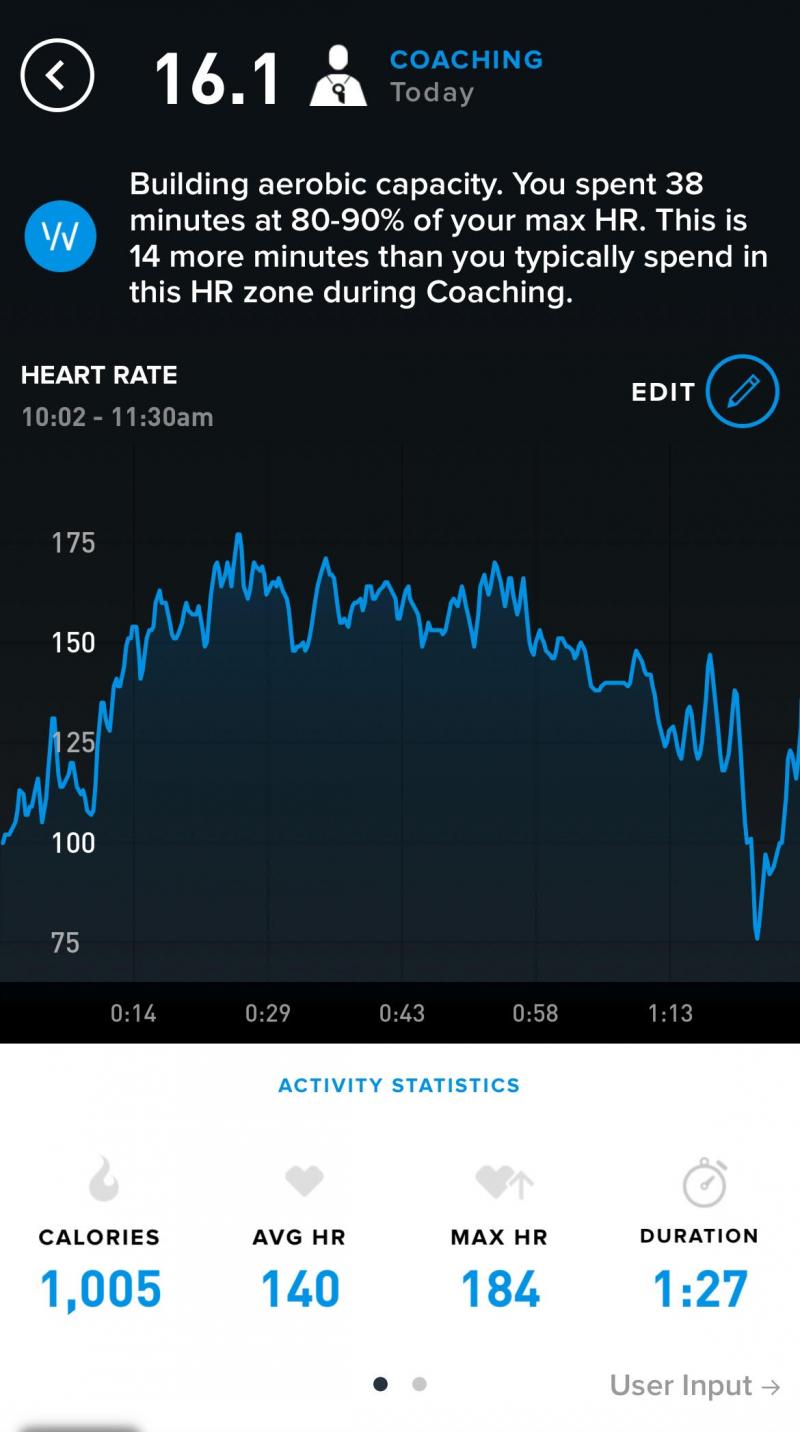15th February 2022
Football, Whoop and Me
Oliver Patrick

This weekend just gone took the shape of many before, and many more to come. Driving the children between sporting activities, playdates and anywhere else they wish to go. No wonder many people pine for their childhood years ago. Having an in-house chauffeur is surely a luxury we miss as we age.
One of the weekend events always stands out from the others though. My sons' Saturday football session. It stands out as I have the honour of being the co-manager of his Under 9's team and it is probably the highlight of my week. Digging into my inner Mourinho has been a constant pleasure since I took up the role back at the onset of the first COVID-19 lockdown. It was a wonderful and fun challenge learning to train a group of 8 years olds who couldn't be within 2 meters of each other – but in fairness to COVID, it made us a passing team from day 1!
The Saturday session is notable not just for the explicit joy it brings me (and thankfully my son/others) but also the significant exhaustion I feel in the hours afterwards. The introduction of a wearable piece of technology has given great insights into why this fatigue occurs and what we, as wellbeing professionals, can gleam from the data gathered.
I wear the Whoop band. For me, alongside the Oura ring, Whoop have produced the first mainstream wearable technology that showed me something I did not already know about the interface between my lifestyle and my physiology. I know my steps, I can see what I eat, I know how long I sleep – but Whoop shows me something different. This device, skilled in heart rate variability (HRV) capture and interpretation, shows me my 'load' and my 'recovery' over a 24-hour period and accumulated over weeks.
In effect, drawing from our learnings in the Practical Stress Resilience Course, Whoop uses HRV to quantify my autonomic nervous system balance and determine if I am getting my energy management right or wrong! Right or wrong in the sense of Whoops algorithm could mean both an absence of baseline Parasympathetic tone, but also a predominance of Parasympathetic tone – both biological markers suggestive of poor physiological recovery.
So back to the football, what do we see? The images on this page show the collective load of a single coaching session on my physiology. Whoop quantifies 'load' using heart rate and times spent in key heart rate zones. We can see a total score of 16.1 from my Coaching session.

This means very little until we compare the 16.1 load score to one hour of full 11-a-side football a few days before, quantified at 16.5 on the Whoop score! In effect, the time spent in sedentary coaching of my son's team had mirrored the physiological load of a 60 minute explosive sporting activity. The Whoop, much like my biology, does not inherently care what I am doing and why. It knows the load my body is experiencing and it knows the recovery needed. The fact the coaching is a non-physical session is irrelevant. My body sees all stress as requiring a physical expression (even positive stress) and my sympathetic nervous system dominates my biology. Hard. The total extent of the sympathetically mediated session looks biologically similar to a full game of football – and stress became physical. So how does this lend to our broader understanding of stress and recovery.
Two key observations:
1. Any overload of stress, psychological or physical, will manifest in a change in autonomic tone
2. A non-physical stress over time will still create a significant 'load' that needs recovery
The application of this is such:
1. I need to balance ALL my loads, from psychological to physical. I would be wary of training hard on days I coach, as I simply don't have the capability for two such sessions in a 24-hour cycle.
2. Devices can be critical to help others understand how non-physical pressures end up as significant physiological load
3. Devices are still poor at determining calorie expenditure from heart rate algorithms. I may have had a heavy coaching session, but I certainly didn't burn over 1,000 calories doing it.
4. Data, plus coaching, can unlock conversations around stress, positive pressure and recovery that were not possible even 5 years ago. See what you can unlock with your clients!
5. I may be overly invested in this football thing (calm down Oli)!